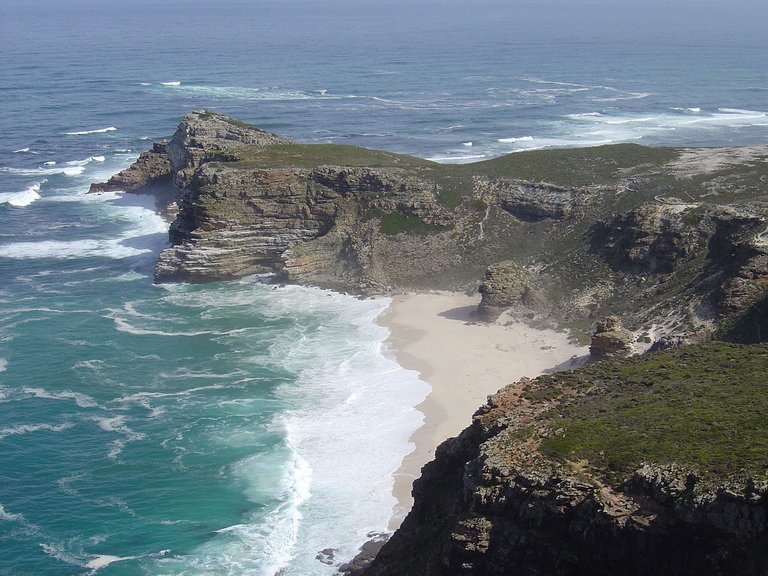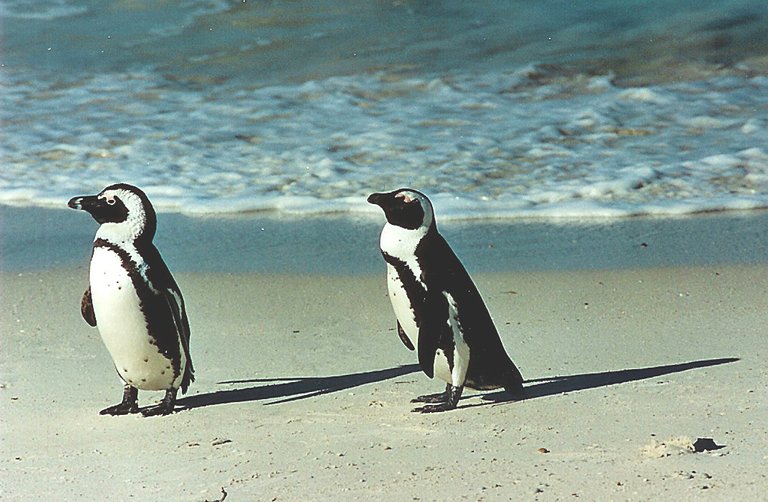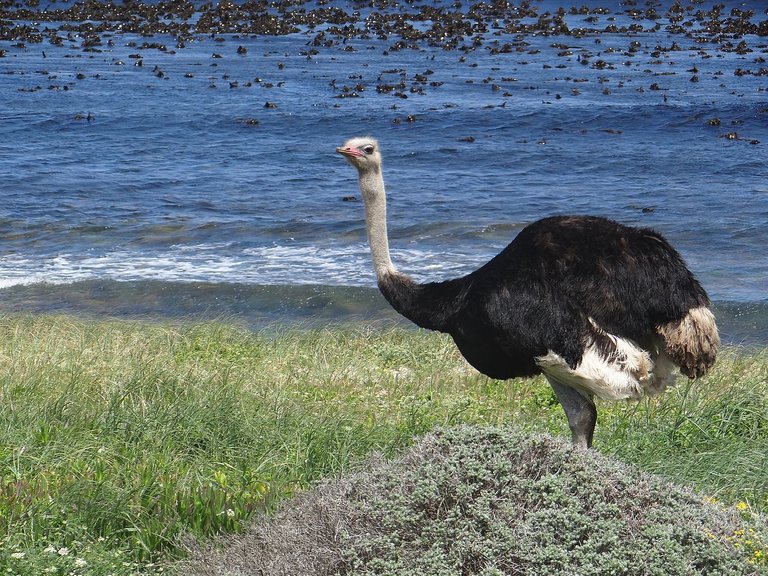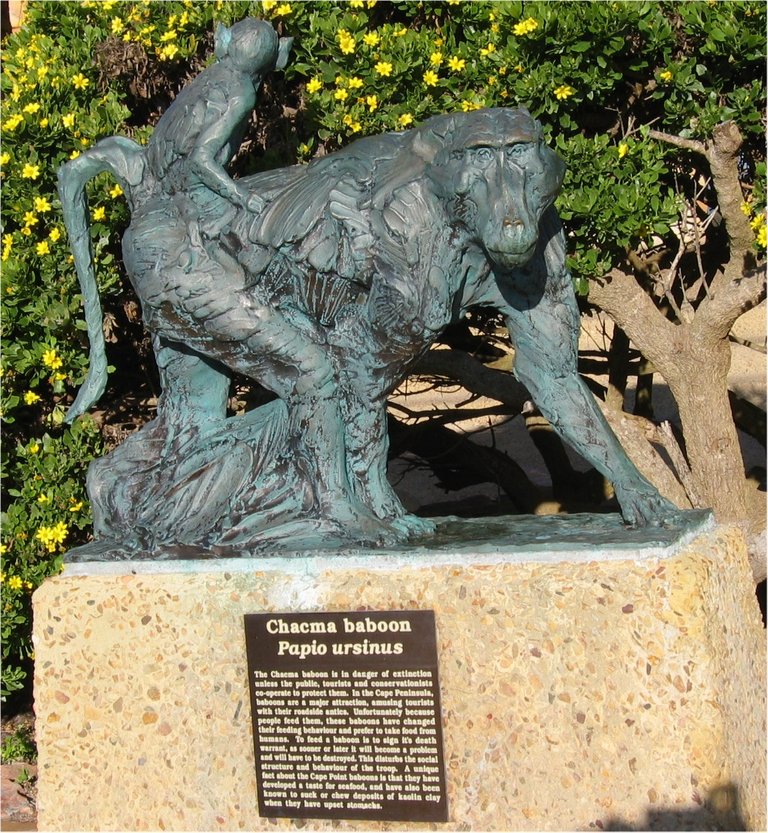The Cape of Good Hope embodied the hopes of the Portuguese, who in the 15th century sought the way to India. Initially, it was called the Cape of Storms, but King Joan II was superstitious and therefore decided to rename this point on the Cape Peninsula. Today, the Cape of Good Hope is one of the important strategic sites of the African continent. Once he helped ships get from Europe to the Far East, now remains popular due to their landscapes, which attract millions of tourists.

The road to the Cape of Good Hope inevitably leads through the eponymous reserve. It is distinguished by lush vegetation, which hinders the movement, if you travel on foot. The largest density of plants is on the Cape Peninsula. It is almost impossible to pass, you need a car. The reserve covers more than 7 thousand hectares. Here there are plants that are not found in other corners of the globe.

To match the vegetation and fauna of the reserve - its uniqueness lies in the fact that in the vicinity of monkeys, cheetahs and antelopes live penguins. Yes, it's the penguins that we used to see only in the coldest places of the planet. The fact is that they were able to swim to Africa from Antarctica and settled here.

Previously, penguins felt almost the owners of the reserve and quietly went to their neighbors in search of food. But then, apparently, when other animals got fed up with such anarchy, the penguins got a separate territory. It's called Boulders Beach.

By the way, if you go further along the coast, then you can meet the friends of penguins - seals, who arranged themselves near the Cape of Good Hope official rookery.


Good story brother.
Nice Picture and nice to meet you.
Please follow me @patricksanlin and upvote. Thanks
i like your photo my friend
thanks man
This post has received a 4.20 % upvote from @booster thanks to: @ecuadorianin.